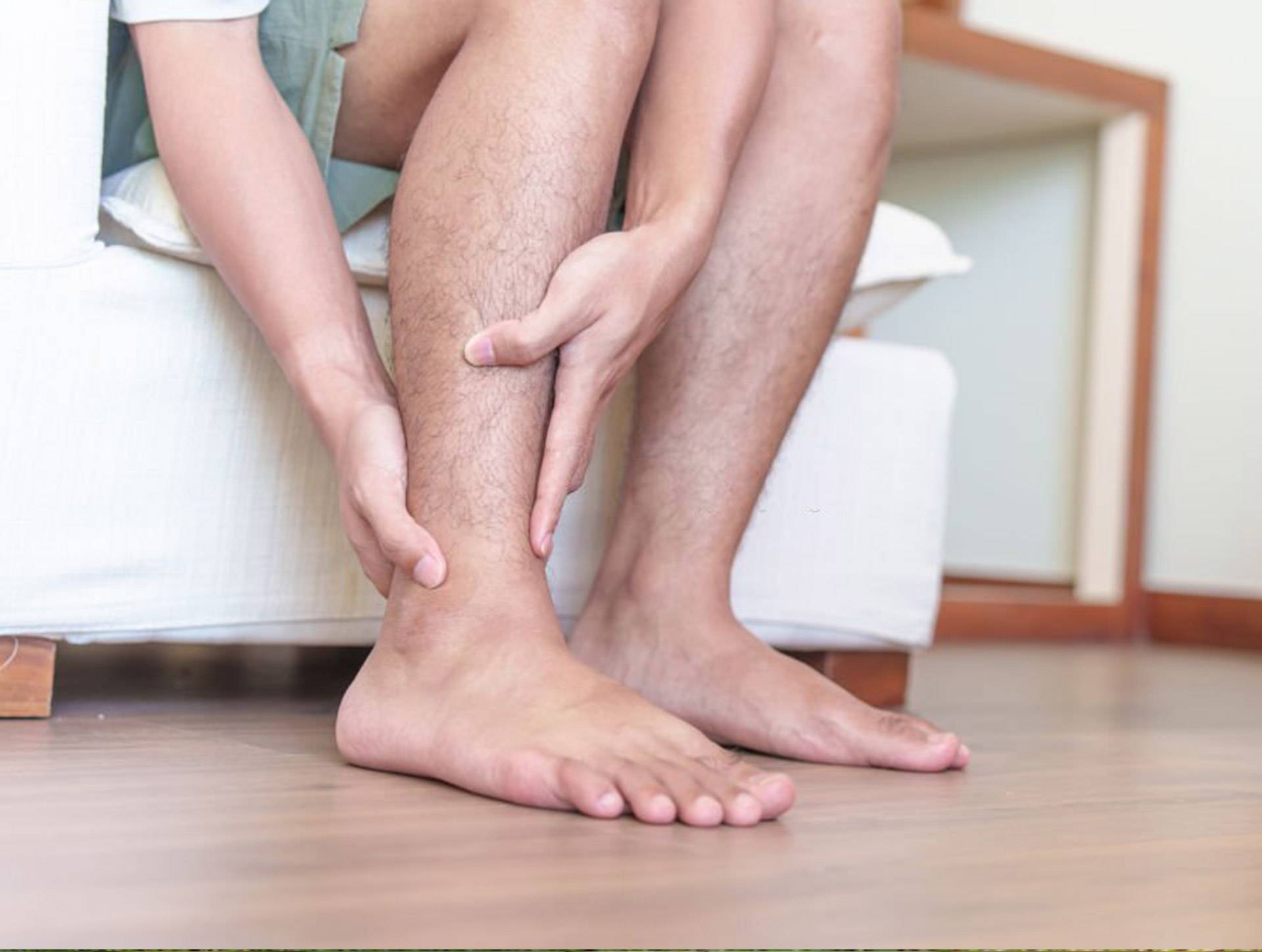
Compression Socks for Shin Splints
August 3,2023 | 3 Mins Read
TABLE OF CONTENTS

Compression therapy is one of the preventative and therapeutic treatments available to people suffering from shin splints. Compression socks, stockings, and sleeves are widely available for shin splints as they can help provide crucial support to the calf muscle while helping improve circulation. In this article, we will discuss the benefits of using compression socks for shin splints relief and provide in-depth information on the best compression socks available.
Shin splints are a common condition characterized by pain along the shin bone, also known as the tibia. They typically occur due to repetitive stress and strain on the muscles, tendons, and bone tissues in the lower leg.
Common symptoms of Shin splints include:
The exact cause of shin splints can vary, but some common factors include:
1. Overuse: Engaging in activities that involve repetitive movements, such as running or jumping, without proper rest and recovery can lead to shin splints.
2. Incorrect footwear: Wearing shoes that lack proper support or don't fit properly can contribute to the development of shin splints.
3. Poor biomechanics: An abnormal gait, such as overpronation (inward rolling of the foot) or supination (outward rolling of the foot), can increase the risk of shin splints.
4. Muscle imbalances: Weakness or tightness in certain muscles, such as the calf muscles or hip muscles, can place additional stress on the shin bone and surrounding tissues.
5. Training errors: Sudden increases in intensity, duration, or frequency of physical activity can overload the muscles and cause shin splints.
6. Having flat feet or high arches: Having flat feet can cause the arch of the foot to flatten out and increase the stress placed on the shin bone. High arches, on the other hand, can decrease shock absorption in the foot and lead to shin splints.
The risk of developing shin splints increases with certain activities. Below are some of the activities and groups that can place individuals at increased risk for developing shin splints:

Prevention is key when it comes to managing shin splints effectively. Here are some tips and exercises to help you prevent shin splints or reduce their recurrence:
Gradual Increase in Intensity: Avoid sudden and significant increases in exercise intensity or duration. Instead, gradually build up your fitness level to allow your muscles to adapt and strengthen over time.
Proper Footwear: Invest in quality athletic shoes that provide adequate support and cushioning. Consider consulting a professional to assess your gait and determine the right type of footwear for your specific needs.
Stretching and Strengthening Exercises: Incorporate regular stretching and strengthening exercises for the calf muscles, Achilles tendon, and shin muscles. This helps improve flexibility and strength, reducing the strain on the shinbone.
Cross-Training: Engage in low-impact activities such as swimming or cycling to give your shin muscles a break from repetitive stress.
To maximize the benefits of compression socks and effectively manage shin splints, here are some tips for incorporating them into your routine:
The best compression socks for shin splints should offer a combination of comfort, support, and breathability. At Koprez, we offer a range of compression socks designed with high-performance fabrics and medical-grade compression levels, making them an ideal choice for those dealing with shin splints. Our compression socks feature the following:
References
Author

Claire Evans worked as the content marketing manager at Koprez. Claire combined a background of writing and editing, marketing, and patient education to best serve consumers, fitness enthusiasts, athletes, and anyone who relies on the Koprez brand for helpful information.
Koprez® Featured Products


"I sprain my wrist super often, so I decided to try out this sleeve. This is game-changing! I've been using it for a while now, and my wrists feel amazing. I haven't gotten in any injuries since using it too. It just makes my wrists feel so supported."
Alexis A.
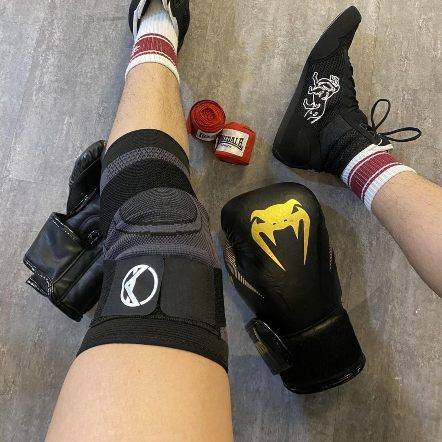

"Use this for my boxing training. It is a very comfortable brace and does not move out of position during skipping ropes and sparring sessions. I use it while running too. Probably the best brace I've purchased throughout the years. It is very flexible. Makes me look like a pro! :)"
Samuel L.


"I've just got back to running after a couple of years of being plagued by injury. These compressions socks are helping give me peace of mind while I build up my distance again. They are the perfect level of compression, super comfy, and very high quality. Feel great while on a run, and looks great in the orange colour I have!"
Dave R.
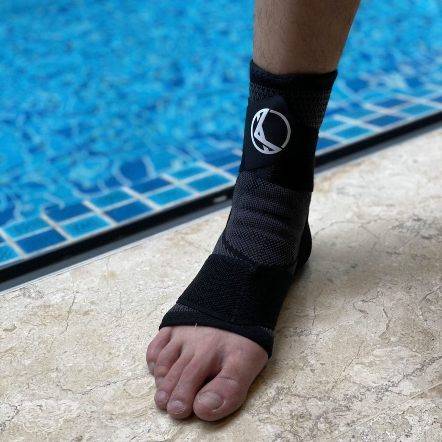

"I have a weak ankle, and the Koprez ankle sleeve has been a lifesaver. Wear it every day. Super breathable and comfortable. Like wearing a cool sporty looking sock!"
James F.
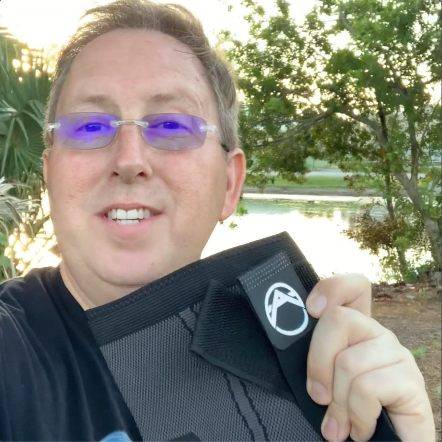

"This is the best knee sleeve I've ever tried. It's now a must-have for all my exercises. A few years ago, I had an accident that damaged my knees, but with Koprez I can be active again with no knee pains at all. It's been truly amazing!"
Alex M.
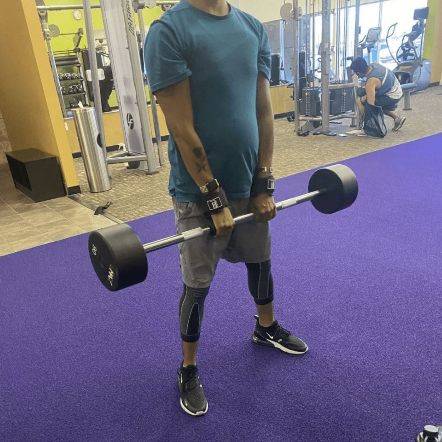

"One of the best purchases I've ever made. It fits your legs all the way from top to bottom, great snug fit, gives you support and definitely helps during rehab and training."
Rafael A.


"I had a minor elbow injury, and Koprez sleeve was super supportive and definitely helped me recover faster. I still use the sleeve to prevent further injury. So far, so good. Very comfortable and does not feel hot at all. Highly recommend!"
Corey B.


"It's really been a game-changer for me. It allows me to exercise a lot longer than I used to. Now my knees don't hurt, and they're not uncomfortable at all."
Mike P.
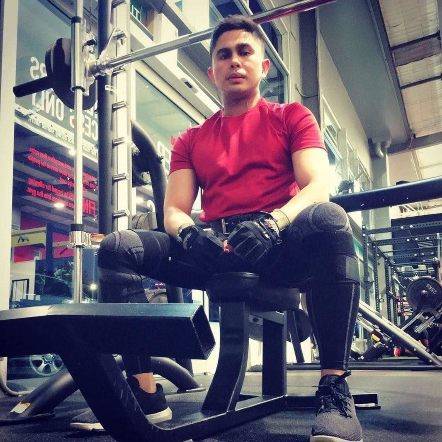

"Great product!!"
Harold
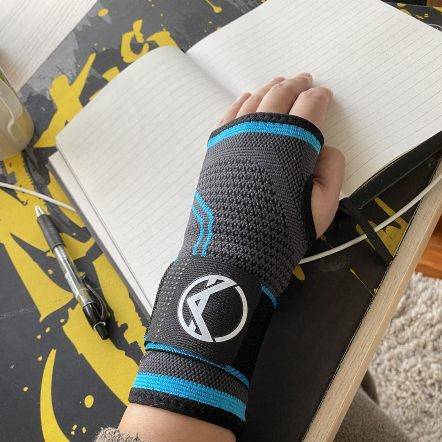

"I have carpal tunnel, and this brace has helped me work pain-free. Love the materials, and I can feel my wrists slowly getting better, even when I don't wear them!"
Christopher J.
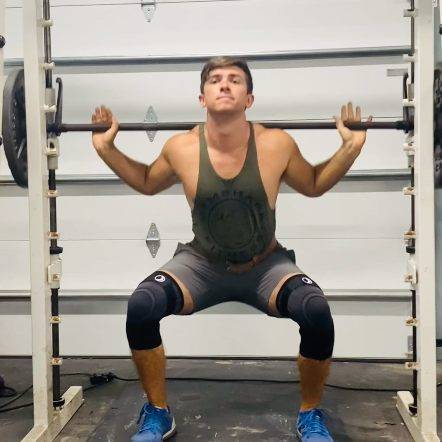

"I wanted to try out these sleeves to improve my squats and deadlift in the gym without worrying about injuring my knees. They stayed up throughout the entire gym session, and my knees feel super supported. Now I can do what I love for years to come. "
Corbin C.